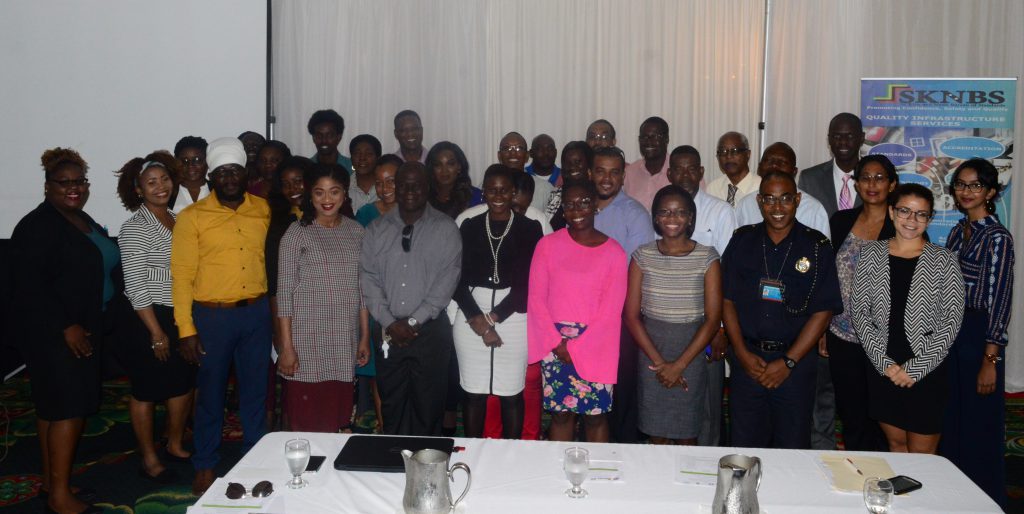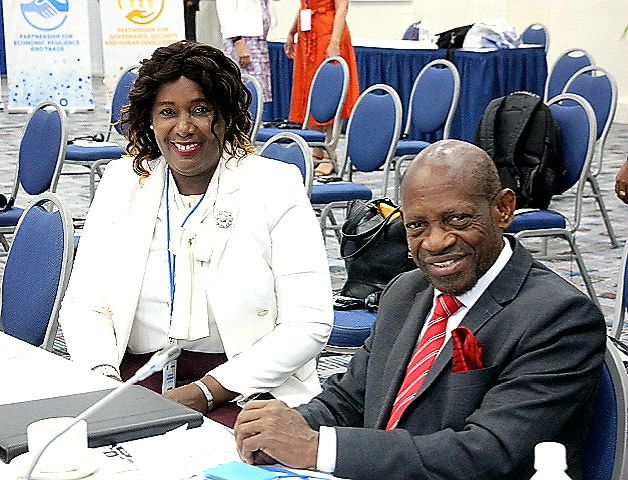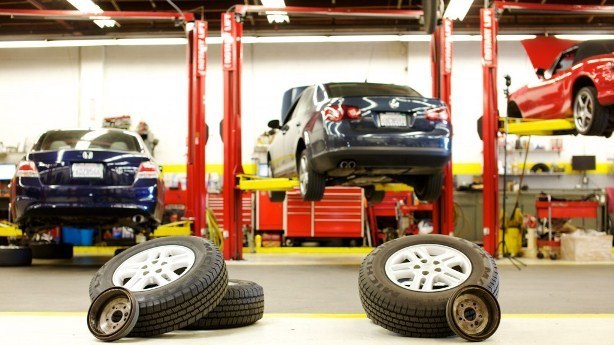
NEDD OPEN TO SUGGESTIONS TO IMPROVE ITS EXCELLENT SERVICE
September 28, 2018
Small Business Owners Benefit From Ministry of Trade’s Customer Service Workshops
October 29, 2018MINAMATA INITIAL ASSESSMENT COMPLETED IN ST. KITTS AND NEVIS
Basseterre, St. Kitts, October 04, 2018 (SKNIS): The Saint Kitts and Nevis Bureau of Standards (SKNBS), in collaboration with the Basel Convention Regional Centre for Training and Technology Transfer for the Caribbean (BCRC-Caribbean), held a National Final Results Meeting for the Project “Development of Minamata Initial Assessment in the Caribbean (Jamaica, Saint Kitts and Nevis, Saint Lucia, Trinidad and Tobago)” on October 03, at the St. Kitts Marriott Resort.
The Minamata Convention on Mercury, of which Saint Kitts and Nevis is Party, is a global treaty that aims to protect human health and the environment from the effects of mercury.
According to Mr. Hiram Williams, Director of the SKNBS, it is expected that the convention would address areas such as a ban on new mercury mines, the phase out of those in existence, control measures on air emission, control measures on storage, and the international regulation of informal sector for artisanal and small scale gold mining.
Mr. Williams noted that St. Kitts and Nevis has been participating in the convention since June 2010 when the Federation attended the first session of the intergovernmental negotiated committee to prepare the global legally binding instrument on mercury.
“We continue to participate because we think that it’s going to be of some significant benefit to St. Kitts and Nevis,” he said. “We recognize the importance of this convention and as such we took certain steps and measures so as to become a party to the convention, in particular St. Kitts and Nevis; we participated in a sub-regional workshop organized by UNEP in January 2015 that developed a draft national road map on the Minamata Convention.”
The director said that there was a preliminary analysis of key mercury related issues in the Federation. It identified the national process towards the international instrument.
“Coming out of all of that, the government was in a position to ratify the Minamata Convention in May 2017,” he explained. “That convention is now in force since the 16th of August, 2017.”
Mr. Williams stated that St. Kitts and Nevis has already benefited from the treaty.
“We have already benefited in the sense that we have had the opportunity to participate in this project, the development of the Minamata Initial Assessment,” he said. “We expect to continue to benefit. For example, one provision of this treaty requires countries to devise national action plans to help limit and control sources of mercury pollution. It is these types of assessments and activities that will help policy makers focus their attention on where they can make the most impact in reducing the harmful pollutant.”
Coming out of the session, it was determined that the major problem was the consumption of products with intentional use of mercury throughout their use and disposal. It accounted for 72.4% of mercury released in Saint Kitts and Nevis during 2015.
According to Dr. Marcus Natta, Science & Research Manager at the St. Kitts and Nevis Bureau of Standards, CFL Light Bulbs, High Pressure Mercury Vapour Lamps (Street Lights), thermometers, blood pressure meters, cosmetics such as skin bleaching creams and silver dental amalgam contain mercury.
He said that light bulbs are already being changed to LED and thermometers and blood pressure meters have been changed to electronic ones. Dental amalgam has also been changed to exclude mercury. Dr. Natta advised persons to avoid use of cosmetics that include mercury especially skin bleaching creams, soaps and oils.
Awareness-raising live-action videos and infographic materials have been developed to eradicate the use of mercury containing items. Persons are advised to read labels before they use items.




